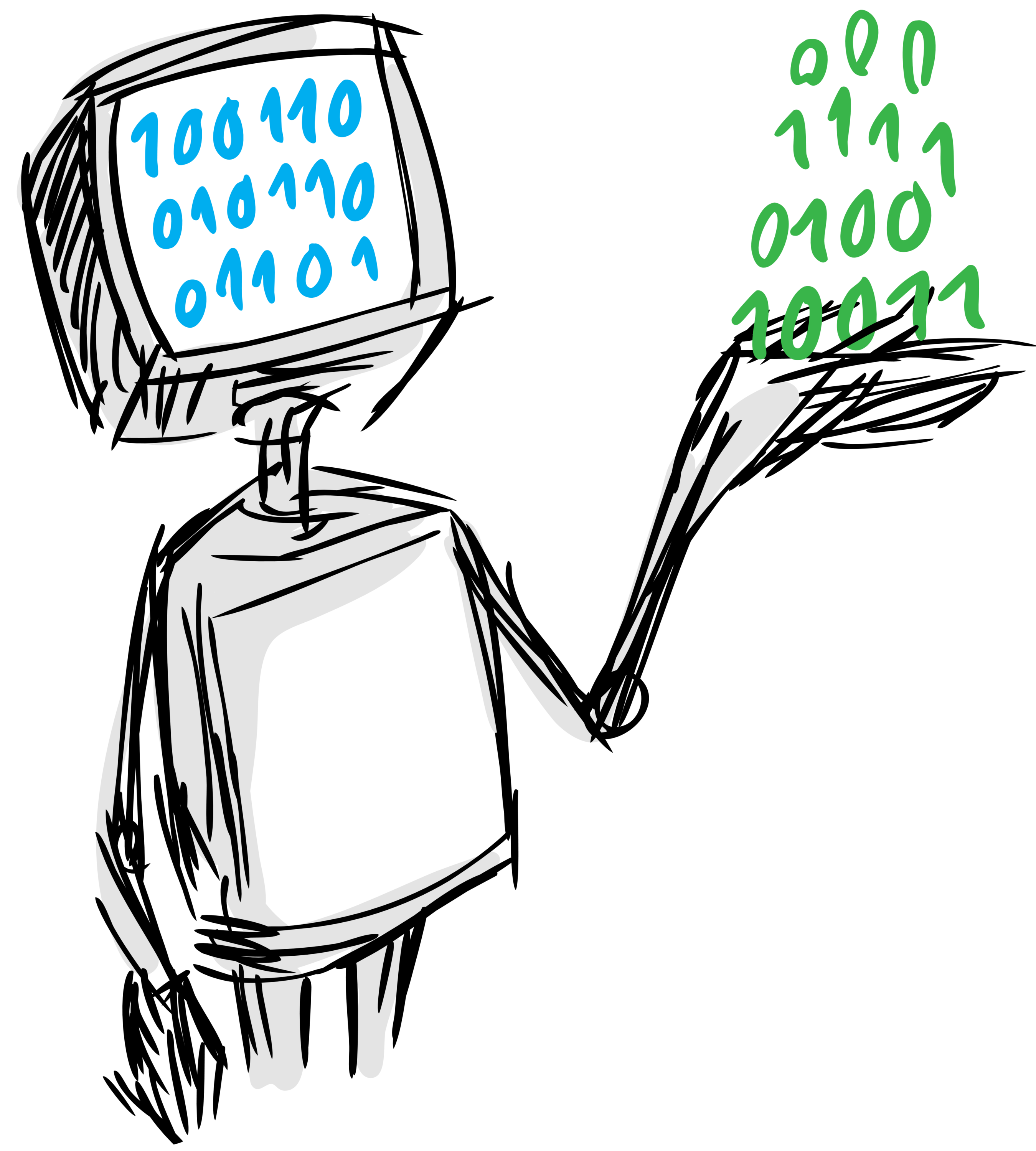
A python library for building different types of copulas and using them for sampling.
- Free software: MIT license
- Documentation: https://DAI-Lab.github.io/Copulas
- Clayton
- Frank
- Gumbel
Accesible from copulas.bivariate.copulas.Copula
- Gaussian [+ info]
Accesible from copulas.multivariate.models.CopulaModel
The easiest way to install Copulas is using pip
pip install copulas
You can also clone the repository and install it from sources
git clone [email protected]:DAI-Lab/Copulas.git
cd Copulas
python setup.py install
This package works under the assumption that the data is perfectly clean, that means that:
- There are no missing values.
- All values are numerical
In this library you can model univariate distributions and create copulas from a numeric dataset. For this example, we will use the iris dataset in the data folder.
First we will retrieve the data from the data folder and create a univariate distribution. For this example, we will create a normal distribution. First type the following commands on a python terminal.
>>> from copulas.univariate.gaussian import GaussianUnivariate
>>> import pandas as pd
>>> data = pd.read_csv('data/iris.data.csv')
>>> data.head()
feature_01 feature_02 feature_03 feature_04
0 5.1 3.5 1.4 0.2
1 4.9 3.0 1.4 0.2
2 4.7 3.2 1.3 0.2
3 4.6 3.1 1.5 0.2
4 5.0 3.6 1.4 0.2Once we have the data, we can pass it into the GaussianUnivariate class.
>>> feature1 = data['feature_01']
>>> gu = GaussianUnivariate()
>>> gu.fit(feature1)
>>> print(gu)
Distribution Type: Gaussian
Variable name: feature_01
Mean: 5.843333333333334
Standard deviation: 0.8253012917851409Once you fit the distribution, you can get the pdf or cdf of data points and you can sample from the distribution.
>>> gu.probability_density(5)
0.2867858505472377
>>> gu.cumulative_distribution(5)
0.15342617720079227
>>> gu.sample(1)
array([6.14745446])When you have a numeric data table, you can also create a copula and use it to sample from the multivariate distribution. In this example, we will use a Gaussian Copula.
>>> from copulas.multivariate.gaussian import GaussianMultivariate
>>> gc = GaussianMultivariate()
>>> gc.fit(data)
>>> print(gc)
feature_01
===============
Distribution Type: Gaussian
Variable name: feature_01
Mean: 5.843333333333334
Standard deviation: 0.8253012917851409
feature_02
===============
Distribution Type: Gaussian
Variable name: feature_02
Mean: 3.0540000000000003
Standard deviation: 0.4321465800705435
feature_03
===============
Distribution Type: Gaussian
Variable name: feature_03
Mean: 3.758666666666666
Standard deviation: 1.7585291834055212
feature_04
===============
Distribution Type: Gaussian
Variable name: feature_04
Mean: 1.1986666666666668
Standard deviation: 0.7606126185881716
Covariance matrix:
[[ 1.26935536 0.64987728 0.94166734 ... -0.57458312 -0.14548004
-0.43589371]
[ 0.64987728 0.33302068 0.4849735 ... -0.29401609 -0.06772633
-0.21867228]
[ 0.94166734 0.4849735 0.72674568 ... -0.42778472 -0.04608618
-0.27836438]
...
[-0.57458312 -0.29401609 -0.42778472 ... 0.2708685 0.0786054
0.19208669]
[-0.14548004 -0.06772633 -0.04608618 ... 0.0786054 0.17668562
0.14455133]
[-0.43589371 -0.21867228 -0.27836438 ... 0.19208669 0.14455133
0.22229033]]Once you have fit the copula, you can sample from it.
gc.sample(5)
feature_01 feature_02 feature_03 feature_04
0 5.529610 2.966947 3.162891 0.974260
1 5.708827 3.011078 3.407812 1.149803
2 4.623795 2.712284 1.283194 0.213796
3 5.952688 3.086259 4.088219 1.382523
4 5.360256 2.920929 2.844729 0.826919
